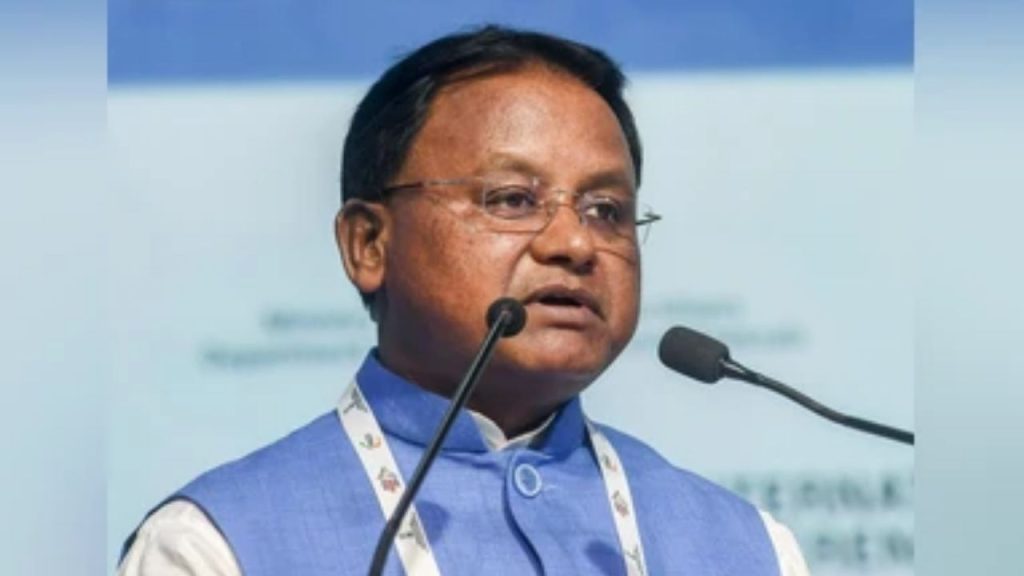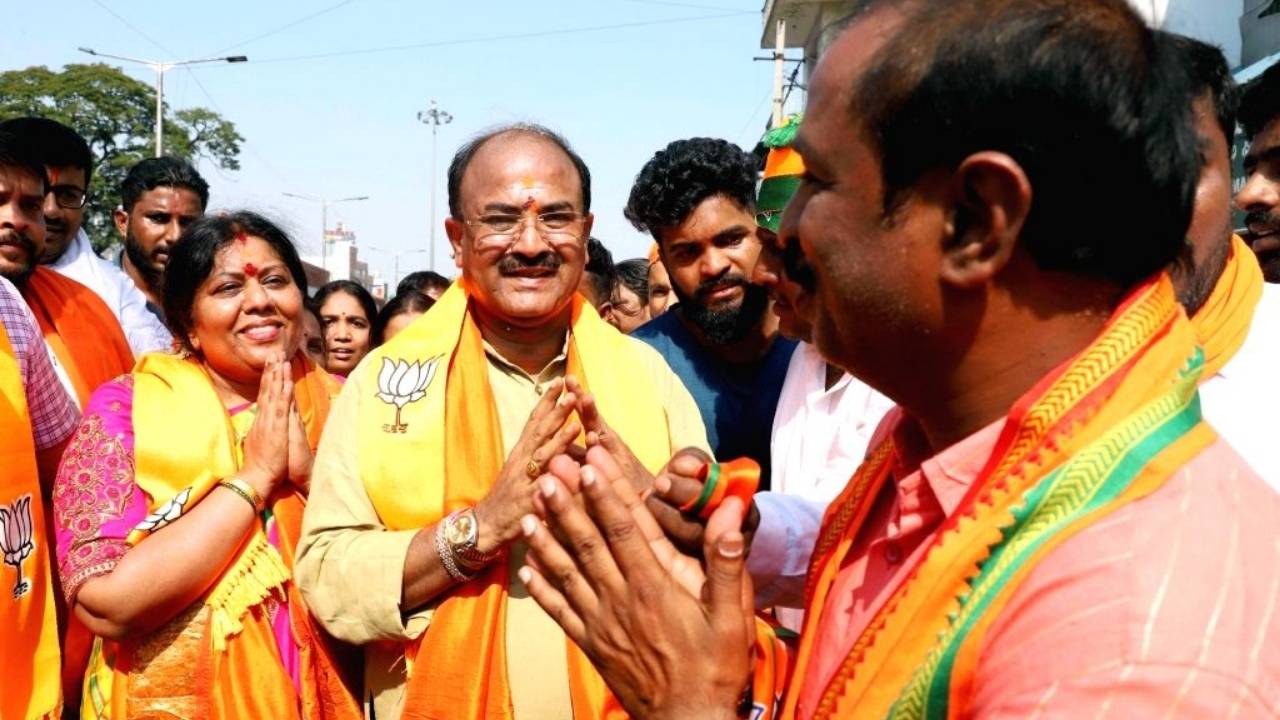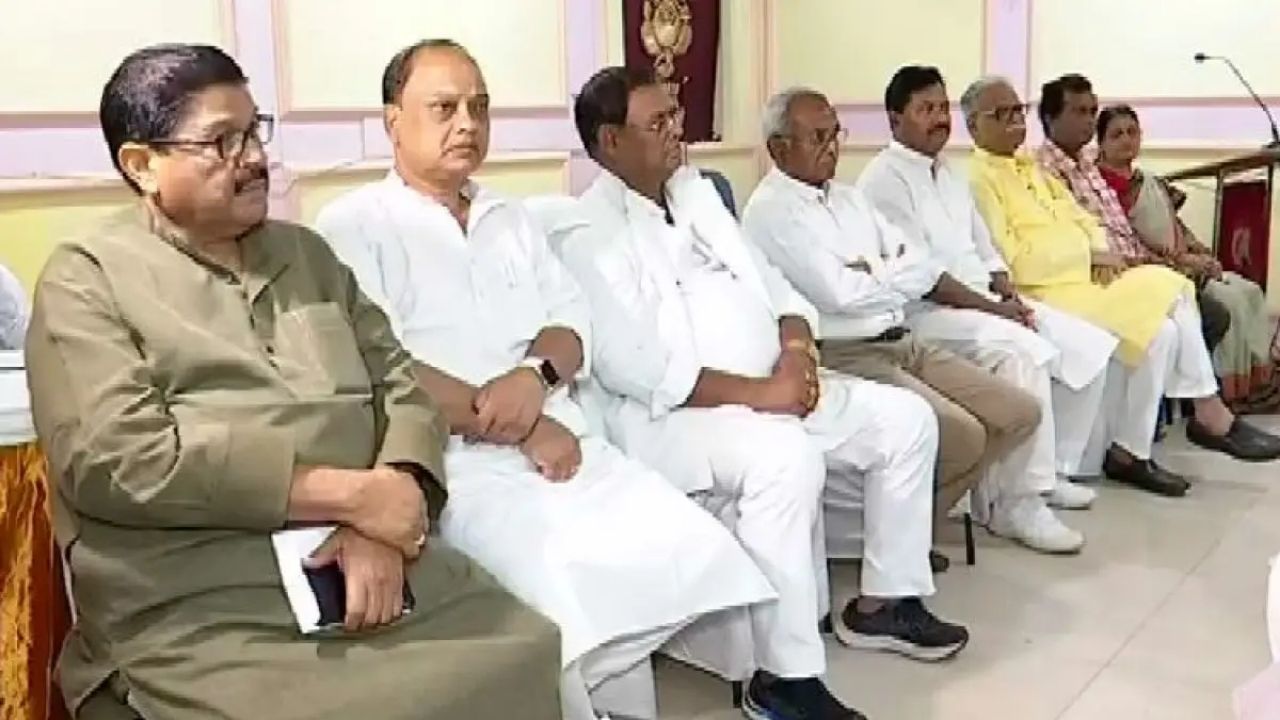Bhubaneswar, India – The eastern Indian state of Odisha has officially declared 1,635 new revenue villages, a landmark decision aimed at extending formal governance and essential services to historically marginalized and remote communities. The move, which re-categorizes hamlets and small settlements into recognized administrative units, marks a significant step in the state’s efforts to streamline land administration, improve service delivery, and promote socioeconomic development across its diverse landscape. The creation of these new units will provide these communities with official identities, making them eligible for a range of government schemes and infrastructure projects.

The Significance of a Revenue Village Odisha Landmark
The concept of a revenue village is fundamental to India’s administrative structure. It serves as the basic unit for land records, tax collection, and the implementation of government programs. Historically, many small settlements, particularly in tribal-dominated or difficult-to-access areas, were not officially recognized as revenue villages. This administrative gap left residents without proper land titles, limiting their access to critical government services such as ration cards, pensions, and educational and health facilities.
The state government’s decision to create 1,635 new revenue villages addresses this long-standing issue directly. According to a statement from the Odisha Chief Minister’s Office, the move is a key component of the state’s inclusive governance agenda. The newly recognized villages, previously known as “un-surveyed hamlets,” will now be mapped, surveyed, and integrated into the formal administrative system. This process involves the preparation of a Record of Rights (RoR) for each village, which is a crucial legal document that establishes land ownership and usage rights.

Addressing a Long-Standing Challenge
Odisha, with its significant tribal population and vast rural areas, has long grappled with the challenge of bringing remote communities into the mainstream. The lack of revenue village status for many settlements has been a major impediment to development. Without this status, these communities often fall through the cracks of government planning and resource allocation. Projects for road construction, electrification, and water supply are frequently prioritized for existing revenue villages, leaving un-surveyed hamlets in a state of perpetual neglect.
The state’s Revenue and Disaster Management Department, which spearheaded the initiative, has been working on identifying these un-surveyed areas for several years. An official from the department, who spoke on the condition of anonymity, explained that the process involved extensive on-ground surveys and community consultations. “It’s not just about drawing new lines on a map,” the official said. “It’s about giving these people a legal identity and ensuring they receive their rightful share of development.”
The creation of these new units is expected to have a transformative impact on the lives of millions of people. It will simplify the process for residents to obtain essential documents, such as Aadhaar cards and voter IDs, which are vital for accessing government subsidies and participating in democratic processes. The move is particularly significant for tribal communities, as it provides them with secure land titles, protecting them from potential exploitation and land grabbing.
A Focus on Tribal and Marginalized Communities
A significant portion of the newly declared revenue units are located in the state’s tribal-dominated districts, including Mayurbhanj, Sundargarh, and Koraput. This strategic focus underscores the government’s commitment to the welfare of tribal populations, which constitute over 22% of Odisha’s total population. The new status will empower these communities by giving them a stronger voice in local governance and resource management. It will also facilitate the implementation of specific schemes designed for tribal development, such as the Forest Rights Act (FRA), which recognizes the rights of forest-dwelling communities over forest resources.
The decision has been widely welcomed by social activists and civil society organizations working on tribal rights. Debendra Kumar Nayak, a veteran social activist based in Bhubaneswar, praised the move as a long-overdue step. “For decades, these villages existed on the periphery, unrecognized by the state. This decision will finally give them the recognition they deserve and unlock opportunities for growth and prosperity,” Nayak stated in a recent interview. He added that the next step should be the swift implementation of the new administrative structure and the allocation of resources to these villages.
Description: A clear, color-coded map of the state of Odisha, visually representing the distribution of the 1,635 new revenue villages, with specific districts like Mayurbhanj, Sundargarh, and Koraput highlighted to show the concentration in tribal regions.
The Administrative and Financial Implications
The creation of new revenue villages is not merely a symbolic gesture; it entails significant administrative and financial commitments. The state government will need to appoint new administrative staff, including village revenue workers and surveyors, to manage the new units. Additionally, funds will be required to conduct detailed surveys, establish land records, and build the necessary infrastructure.
The state government has allocated a specific budget for the initial phase of the project. A senior official from the Finance Department noted that the investment is seen as a long-term strategy for sustained development. “The returns on this investment will be manifold,” the official said. “By integrating these communities into the formal economy, we are not only fulfilling our social obligations but also laying the groundwork for future economic growth.”
The move is also expected to improve the state’s ability to respond to natural disasters, a frequent occurrence in Odisha due to its coastal location. With clearly defined revenue village boundaries and a formal administrative presence, disaster relief and rehabilitation efforts can be more effectively coordinated and delivered to affected populations.
Empowering Odisha’s Tribal Communities: Digital India Reaches Remote Villages
Social Activist Shovana Mohanty to Lead Odisha’s State Commission for Women.
A Model for Other States?
The Odisha government’s decision could serve as a model for other Indian states facing similar challenges with undocumented settlements. The successful implementation of this initiative will be closely watched by policymakers and development experts across the country. It highlights the importance of micro-level administrative reforms in achieving broader development goals and ensuring that no community is left behind in the journey toward progress.
While the announcement has been met with optimism, challenges remain. The process of surveying, mapping, and settling land titles can be complex and time-consuming. Ensuring that the benefits of this decision reach the most vulnerable and that the new administrative units are adequately resourced will be crucial for the initiative’s long-term success. The state government has emphasized its commitment to a transparent and participatory approach, promising to involve local communities at every stage of the process.





